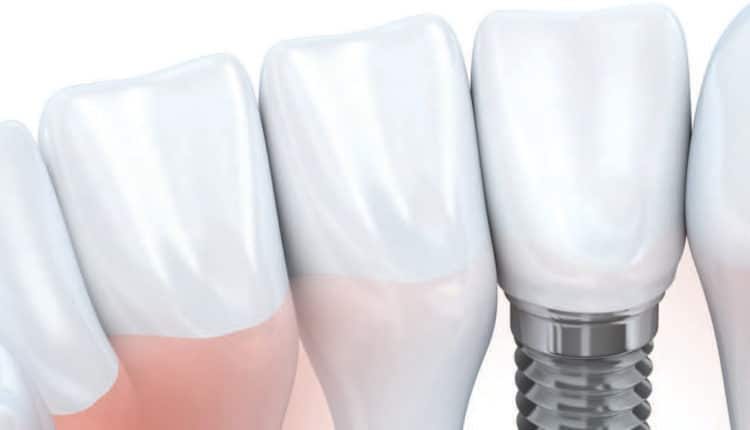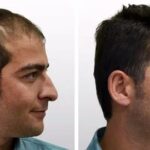When a tooth loss is suffered, one of the treatments that offer patients greater comfort and aesthetics is dental Plano implant logy. Dental Plano implants are integrated in most cases, but for this it is necessary that the patient has good oral health. If you suffer from peri-implant disease (periodontitis) or gingivitis, the risk of treatment failure increases
How many types of peri-implant diseases can we find?
We can find two types of peri-implant disease:
Reversible mucositis
It is characterized by inflammation of the soft tissues surrounding the dental Plano implant in the absence of bone loss. Its main characteristic is bleeding when a soft probe is performed, in addition to other signs such as erythema and swelling.
Treatment
The priority should be to prevent the onset of the disease, for this the patient should be motivated and explained the importance of acquiring a good oral hygiene routine and attending regular check-ups, since with the registration of the marginal bone level it is possible to make a follow-up and check if there is bone loss and the degree in which it is.
Probing depth <3 mm: The suggested treatment consists of the non-surgical removal of the plaque that has formed around the implant using curettes or special ultrasound tips for implants, without performing a mucoperiosteal flap. It can be combined with the use of antibiotics or antiseptics, although it is not essential. yyy online5
Probing depth of 4-5 mm: The suggested treatment combines non-surgical mechanical debridement together with the use of chelating agents such as EDTA, Chlorhexidine, etc. In cases of pocket depth of 5 mm, the use of systemic antibiotics is recommended. سباق الخيل بمصر
Peri-implantitis
As this disease progresses, inflammation of the soft tissues is joined by inflammation of the hard tissues, giving way to the appearance of peri-implantitis. In this case, we are faced with the danger of losing the bone that holds the implant, in addition to compromising aesthetics due to gingival recession, and may even lead to the loss of the implant. دمبلة اون لاين
One of the most accurate methods for diagnosing pri-implantitis is radiological examination using parallelized periapical radiographs. This examination allows assessing the marginal bone levels and the progression of the disease.





